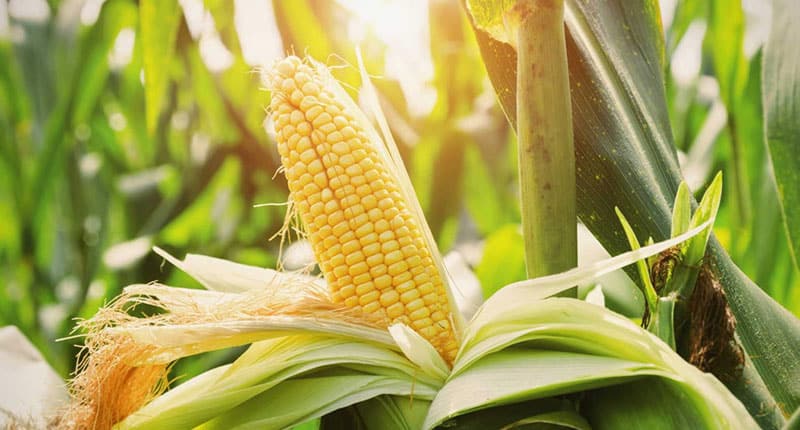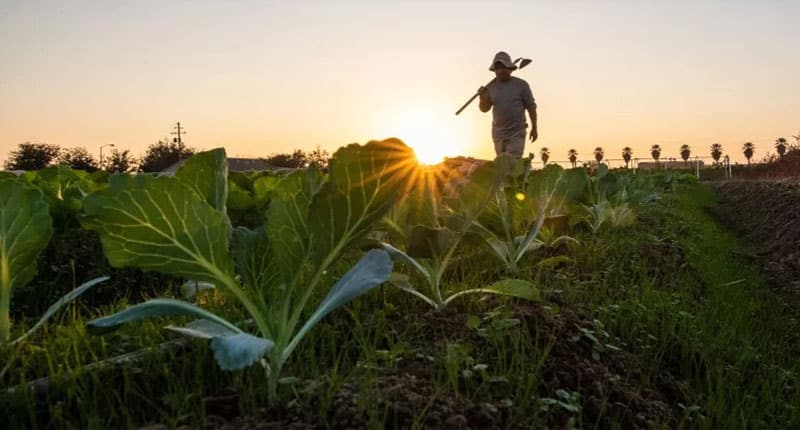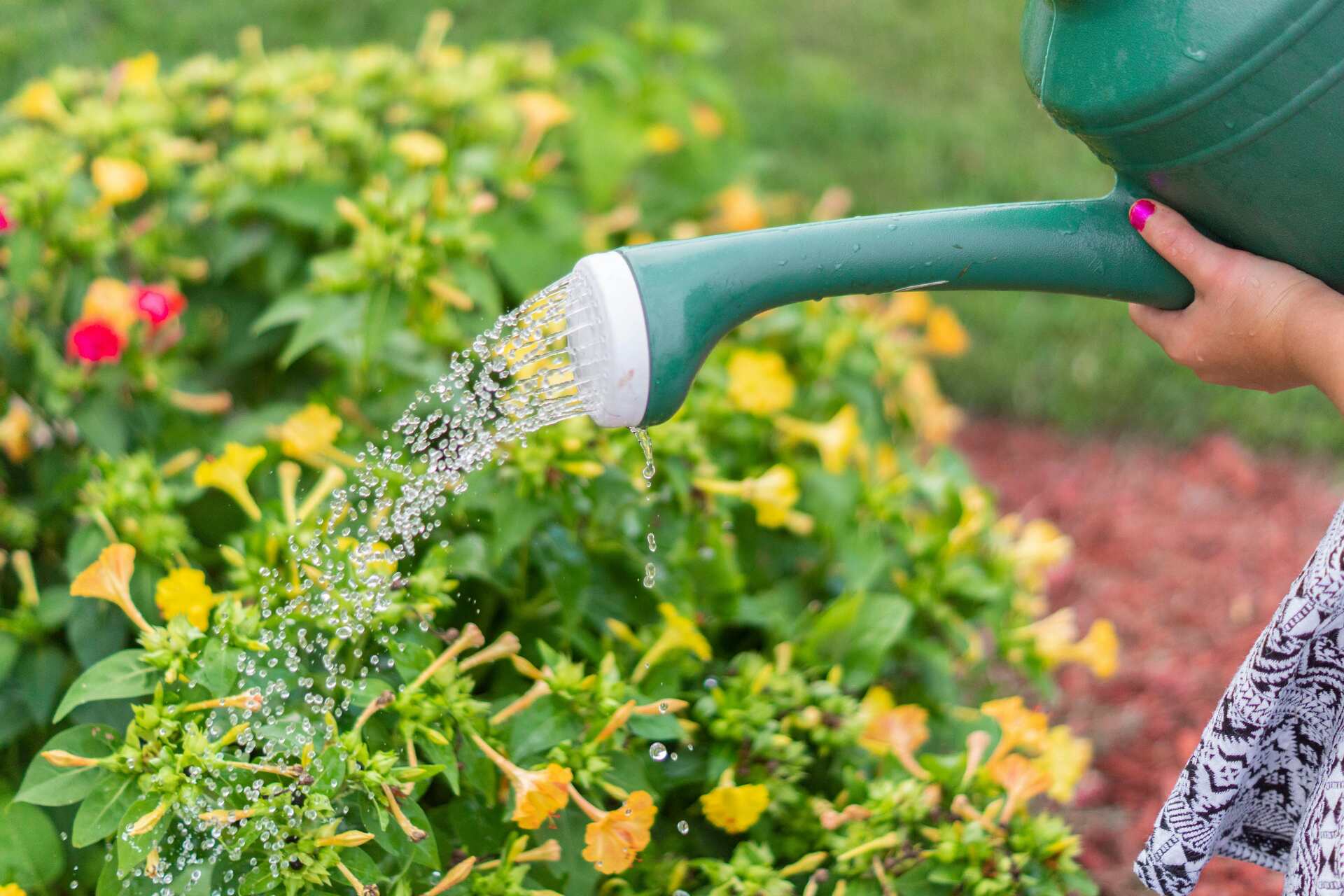Are you looking to grow your own fresh produce but don’t have a lot of space? Home farming might be the perfect solution for you! With urban farming and indoor gardening techniques, you can cultivate a variety of fruits and vegetables right in your own home.
Key Takeaways:
- Home farming can be done in urban settings and indoors using indoor gardening techniques.
- Growing your own produce using sustainable agriculture practices and organic farming methods is a great way to start a home vegetable garden.
- Indoor gardening allows for the cultivation of microgreens and hydroponic systems using proper containers, lighting, and nutrients.
Getting Started with Home Farming
Home farming is a sustainable agriculture practice that involves growing vegetables and fruits at home using organic farming methods.
It offers numerous benefits, including access to fresh and nutritious produce and reduced environmental impact. If you’re interested in starting your own home vegetable garden, here are some tips to get you started.
Choose the Right Location
The first step in starting a home vegetable garden is choosing the right location. Ideally, you should choose a spot that gets at least six hours of sunlight per day and has well-draining soil. Avoid areas with excess shade or poor soil quality as they can hinder plant growth and development.
Prepare the Soil
Before planting, you need to prepare the soil by removing any weeds, rocks, or debris. Add organic matter to the soil to improve its nutrient content and structure. Compost, leaf matter, or well-rotted manure are excellent sources of organic matter and can be mixed into the soil to improve its fertility.
Select Suitable Vegetable Varieties
Choosing the right vegetable varieties is crucial to the success of your home vegetable garden. Consider the climate and growing conditions in your area when selecting suitable varieties. Research the best varieties for your region before planting to ensure optimal growth and yield.
Practice Organic Farming
Organic farming is a sustainable approach to agriculture that avoids the use of synthetic fertilizers, pesticides, and genetically modified organisms (GMOs). Instead, it relies on natural fertilizers, beneficial insects, and crop rotation to enhance soil fertility and control pests. Practice organic farming to ensure the health and safety of your plants and the environment.
By following these simple tips, you can start your own home vegetable garden using sustainable agriculture and organic farming methods. Not only will you have access to fresh and nutritious produce, but you’ll also be contributing to a healthier and more sustainable way of life.
Exploring Indoor Gardening Techniques
Indoor gardening is a great way to enjoy fresh produce year-round, regardless of weather conditions or outdoor space limitations. From microgreens to hydroponic systems, there are many techniques to explore.
Microgreens
Microgreens are young plants that are harvested just a few weeks after germination. They are packed with nutrients and come in a variety of flavors and colors, making them a great addition to salads, sandwiches, and smoothies.
The best way to grow microgreens is by using a shallow container filled with soil or a hydroponic mat. Place the container in a sunny location and keep the soil moist throughout the growing process.
Hydroponics
Hydroponic gardening is a soil-free method of growing plants, using a nutrient-rich water solution instead. This technique allows for precise control over the plant’s environment and can result in faster growth and higher yields.
To start a hydroponic garden, you will need a container, a water pump, and a nutrient solution. You can choose from a variety of hydroponic systems, including deep water culture, nutrient film technique, and drip irrigation.
Whichever method you choose, make sure to provide adequate lighting and monitor pH levels to ensure optimal growth.
Whether you are growing microgreens or experimenting with hydroponics, indoor gardening is a fun and rewarding way to enjoy fresh produce all year long.

Taking Farming to New Heights: Rooftop Gardening
If you live in an urban area and lack space for a traditional garden, rooftop gardening can provide an excellent opportunity to grow your own produce. Not only do rooftop gardens add beauty to your home or building, but they also help combat urban heat islands and improve air quality.
Before starting your rooftop garden, consider the weight limits of your roof and any necessary permits or landlord permission. Once you have the green light, it’s time to get started!
| Selecting Suitable Plants | Designing Your Rooftop Garden |
|---|---|
| Rooftop gardens face unique challenges such as wind exposure and extreme temperatures. Choose plants that are adapted to these conditions, such as succulents, herbs, and tomatoes. | When designing your rooftop garden, consider factors such as sunlight exposure, wind patterns, and drainage. Raised beds, containers, and vertical gardens are all excellent options for rooftop gardens. |
Addressing drainage is especially important for rooftop gardens. Consider using lightweight potting soil, placing a layer of gravel at the bottom of containers, and creating a drainage system to prevent water buildup.
Rooftop gardens also provide an opportunity to practice sustainable agriculture by incorporating techniques such as companion planting and crop rotation. These practices can help control pests and reduce the need for synthetic fertilizers and pesticides.
Maximizing Your Rooftop Garden
- Use trellises to support vining plants and increase your yield.
- Install drip irrigation systems to conserve water and provide consistent moisture.
- Consider adding a rainwater harvesting system to supplement your water supply.
- Add pollinator-friendly plants to attract bees and other beneficial insects.
With a little planning and effort, a rooftop garden can provide a bountiful harvest and a beautiful addition to your home or building. Get started on your rooftop gardening journey today!
Embracing Permaculture: A Holistic Approach to Home Farming
Permaculture is a design philosophy and methodology that aims to create sustainable ecosystems and food systems. Permaculture principles can be applied to home farming practices to maximize the efficiency of resources and minimize waste.
Permaculture gardens are designed to be self-sufficient and resilient, with an emphasis on biodiversity, soil health, and water conservation. By creating a diverse and interconnected web of plants, animals, and microorganisms, permaculture gardens can produce an abundance of food while preserving the natural environment.
The Ethics of Permaculture
Permaculture is based on three core ethics: care for the earth, care for the people, and fair share. These ethics guide the design and implementation of permaculture systems and ensure that they are sustainable, equitable, and beneficial to all stakeholders.
- Care for the earth: This principle emphasizes the importance of preserving and restoring the natural environment. Permaculture gardens are designed to mimic natural ecosystems, promoting soil health, biodiversity, and water conservation.
- Care for the people: This principle focuses on meeting the basic needs of people, including access to healthy food, clean water, and shelter. Permaculture gardens are designed to be productive and self-sufficient, providing a reliable source of food and other resources for the community.
- Fair share: This principle stresses the importance of sharing resources and benefits equitably among all stakeholders. Permaculture gardens are designed to be inclusive and participatory, allowing everyone to contribute to and benefit from the system.
Designing a Permaculture Garden
Designing a permaculture garden requires careful planning and consideration of the specific site conditions and needs of the community. The following elements are essential for a successful permaculture garden:
| Element | Description |
|---|---|
| Zone planning | Grouping plants and activities according to frequency of use and intensity of management. |
| Vertical layering | Planting different layers of vegetation, from groundcovers to trees, to maximize productivity and biodiversity. |
| Companion planting | Planting compatible species together to enhance soil fertility, pest control, and yield. |
| Water management | Collecting, storing, and using rainwater and other sources of water efficiently and sustainably. |
| Soil building | Improving soil health and fertility through composting, mulching, and other natural techniques. |
| Animal integration | Incorporating animals, such as chickens and bees, to provide fertilizer, pollination, and pest control. |
Benefits of Permaculture
Permaculture offers numerous benefits for home farmers, including:
- Sustainable food production
- Improved soil health
- Biodiversity conservation
- Water conservation
- Increased self-sufficiency
By embracing permaculture principles, home farmers can create resilient and productive ecosystems that benefit both people and the planet.
The Benefits of Home Farming
Home farming is more than just a hobby. It offers a multitude of benefits to both individuals and the environment. Here are some of the advantages of sustainable agriculture, vegetable gardening, organic farming, microgreens, hydroponics, rooftop gardening, and permaculture:
- Fresh and Nutritious Produce: Home farming provides access to fresh, locally grown produce that is rich in nutrients and flavor. Growing your own vegetables, fruits, and herbs allows you to control the quality of your food and avoid harmful pesticides and chemicals.
- Reduced Environmental Impact: Home farming promotes sustainable practices such as composting, water conservation, and avoiding harmful chemicals. By reducing the carbon footprint associated with commercial agriculture, home farming contributes to a healthier planet.
- Improved Self-Sufficiency: Home farming allows individuals to take control of their food supply and reduce their dependence on external sources. By growing their own food, individuals become more self-sufficient and can save money in the long run.
- Opportunities for Creativity: Home farming allows for experimentation with different plant varieties, growing techniques, and garden designs. This provides opportunities for creativity and personal expression.
- Community Building: Home farming can bring people together, whether it be through sharing knowledge and resources, participating in community gardens, or donating excess produce to those in need.
These benefits demonstrate the positive impact that home farming can have on individuals, communities, and the planet as a whole. By embracing sustainable agriculture, vegetable gardening, organic farming, microgreens, hydroponics, rooftop gardening, and permaculture, individuals can take steps towards a healthier, more self-sufficient lifestyle.

Conclusion
Home farming is more than just a hobby; it is a rewarding and sustainable practice that can benefit both you and the environment. By growing your own produce using sustainable agriculture and organic farming methods, you can ensure access to fresh and nutritious food while reducing your carbon footprint and promoting the use of natural resources.
Indoor gardening techniques such as microgreens and hydroponics offer the convenience of year-round cultivation, while rooftop gardening provides a unique and practical solution for urban environments. And with the holistic approach of permaculture, you can create a self-sustaining and resilient food system in your own backyard.
Home farming may seem daunting at first, but with the right guidance and resources, it is an accessible and rewarding endeavor for beginners. So why not unlock the joys of home farming and start your own garden today?
